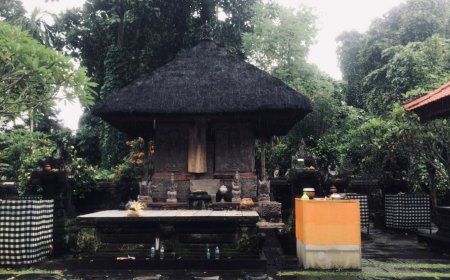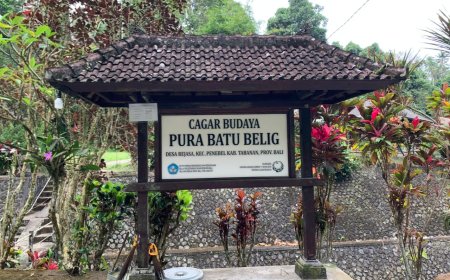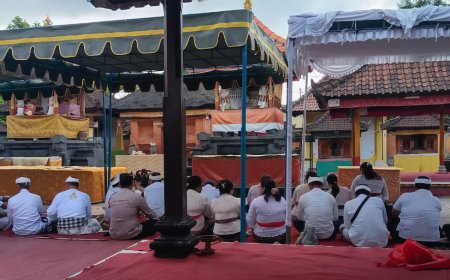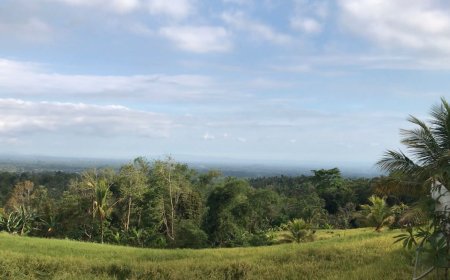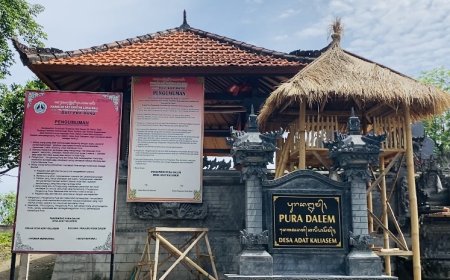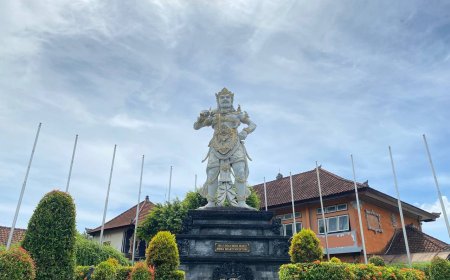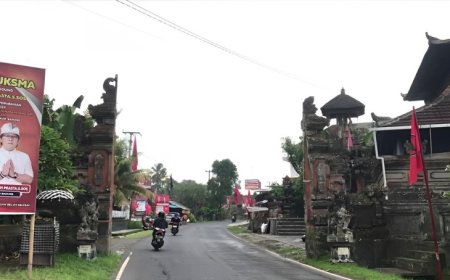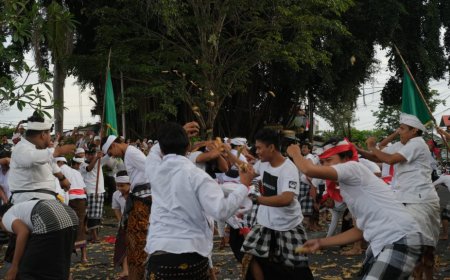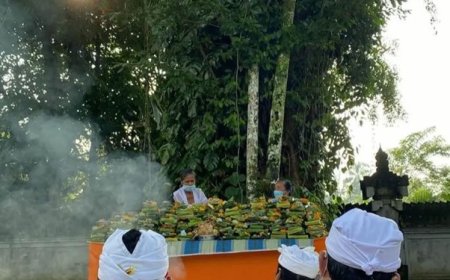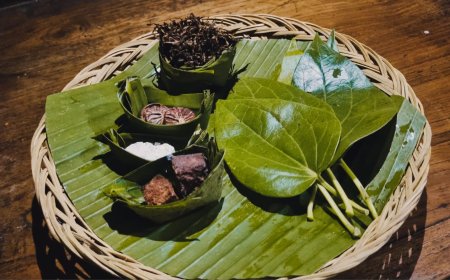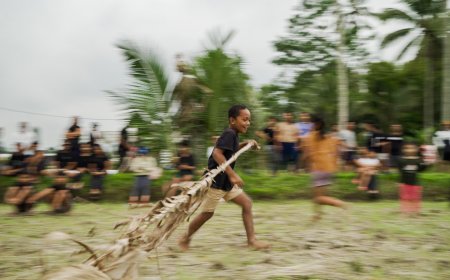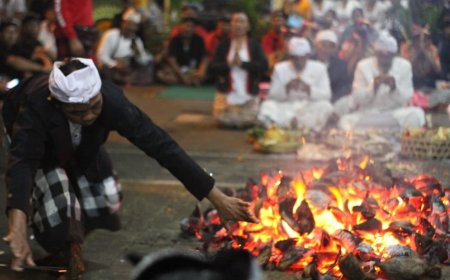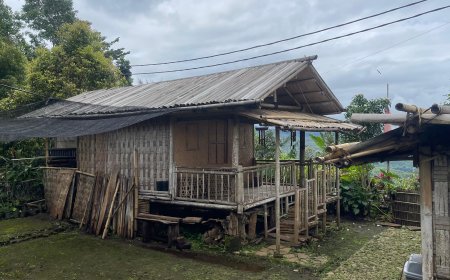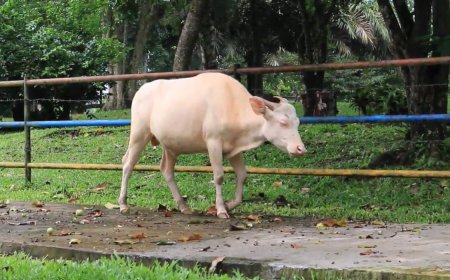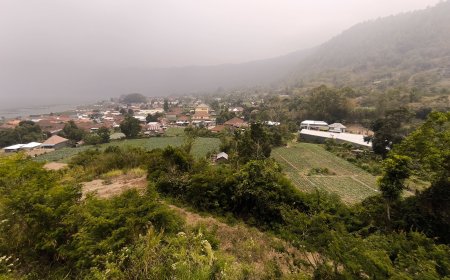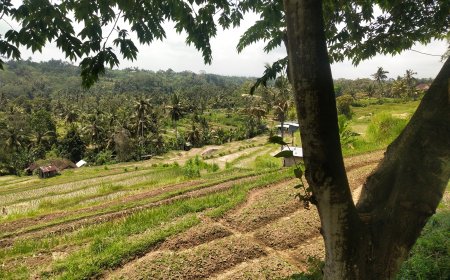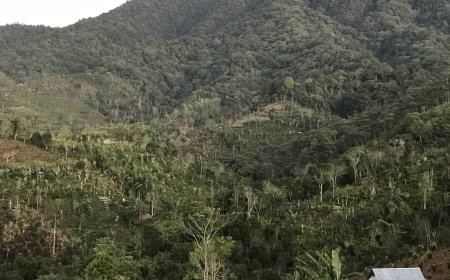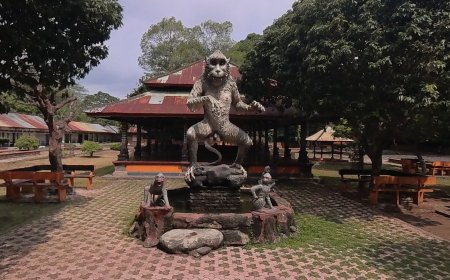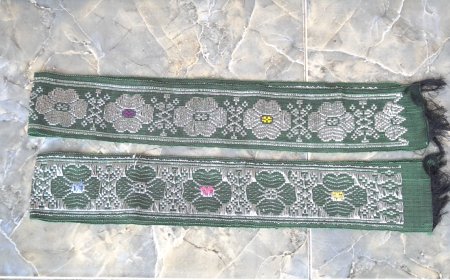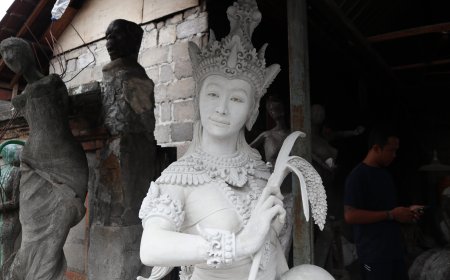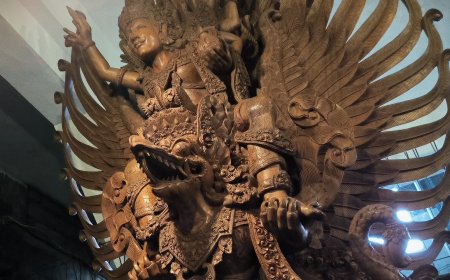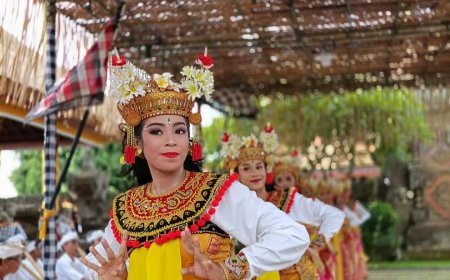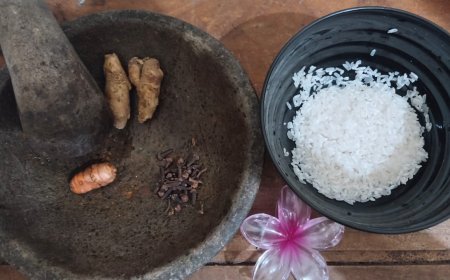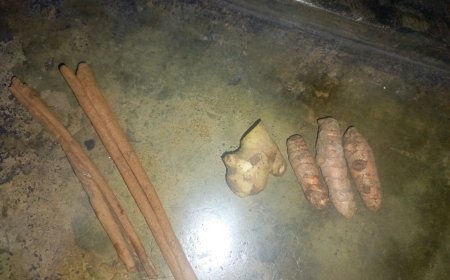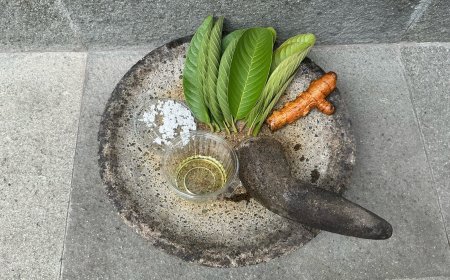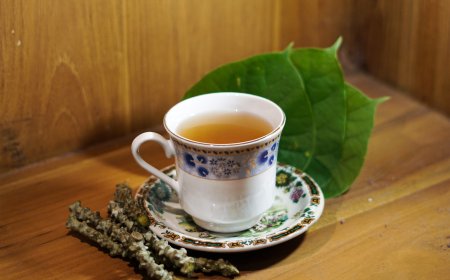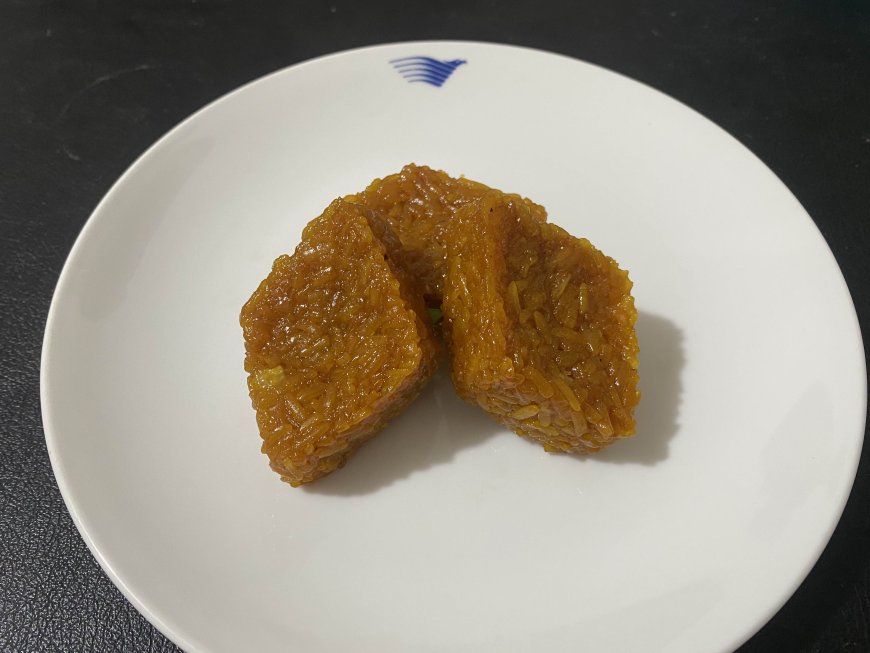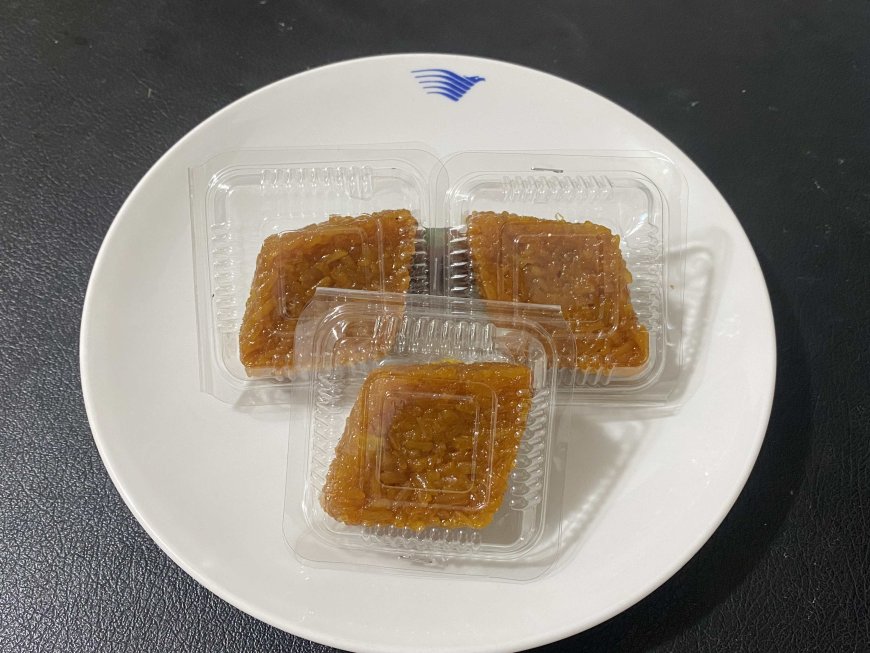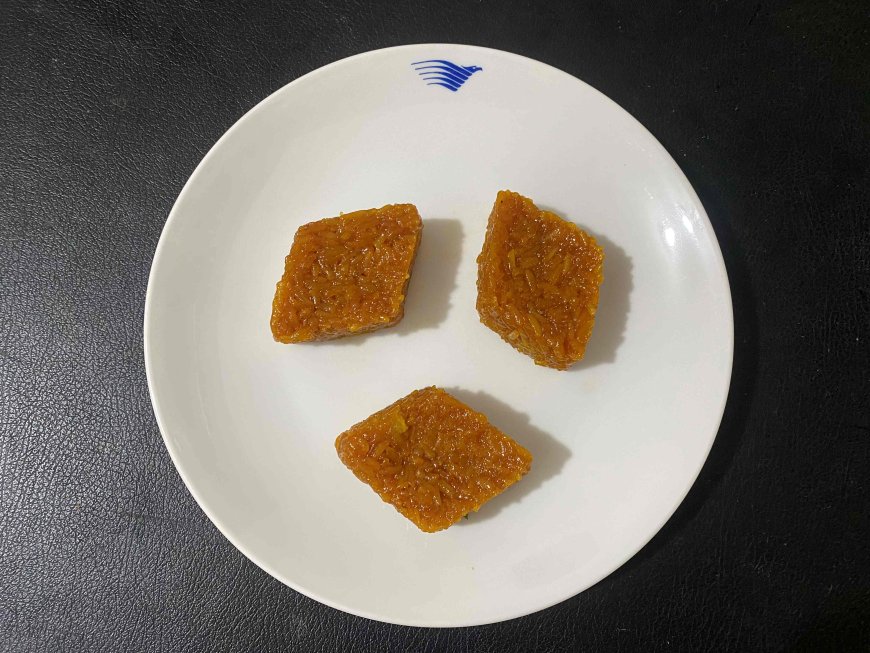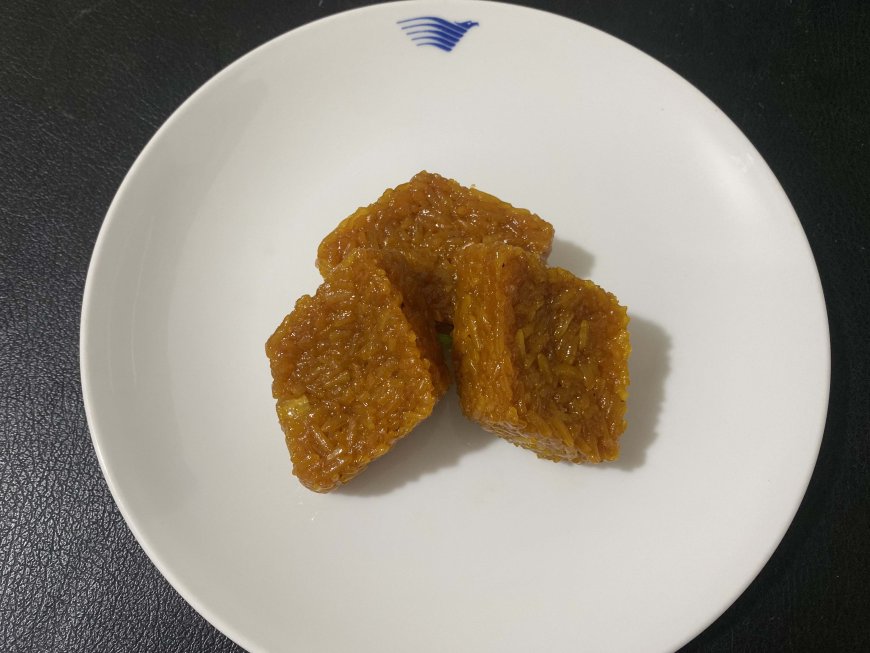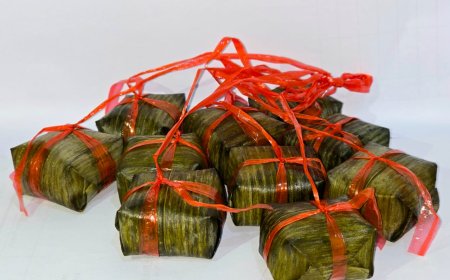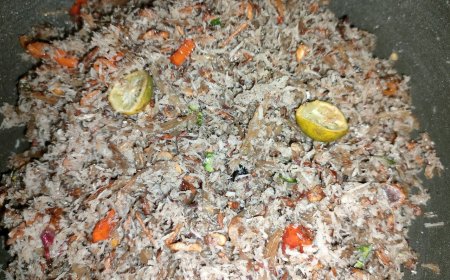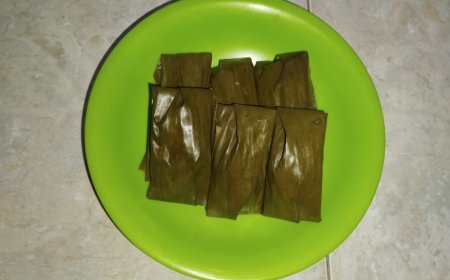Jaja Wajik: The Sweet Traditional Balinese Delight Rich in Cultural Meaning
Jaja Wajik is one of Bali's traditional foods that holds deep meaning in every bite. As part of Balinese tradition, Jaja Wajik often appears in various traditional ceremonies, reflecting the richness of Balinese culture and spirituality. This sweet treat is not only renowned for its deliciousness but also serves as an important symbol in numerous religious rituals.
Jaja Wajik is one of the traditional cakes that holds an important role in the culinary culture of the Balinese people. This cake is made from glutinous rice mixed with palm sugar, creating a distinct sweet taste and chewy texture. In Balinese tradition, Jaja Wajik has been passed down through generations and is often served at various traditional ceremonies, including weddings, as a form of respect to the guests. The presence of Jaja Wajik in traditional markets in Bali is evidence that this food remains popular and continues to be preserved to this day.
As a heritage of Indonesian cuisine, Jaja Wajik reflects a unique blend of local flavors and philosophical values handed down over generations. The existence of Jaja Wajik in Balinese traditions shows how closely traditional food is tied to profound cultural symbolism. Jaja Wajik is one of the elements in ceremonies that reinforces Bali's identity as a region rich in customs, traditions, and culinary heritage.
The Connection of Jaja Wajik with Hundu Balinese Ceremonies
Jaja Wajik plays an important role in various Hindu Balinese traditional ceremonies, especially as part of offerings or offeratory items. In this tradition, the food offered is chosen not only for its taste but also for its symbolic meaning. With its distinct sweet taste, Jaja Wajik becomes a symbol of prayers for happiness, prosperity, and harmony in life.
At ceremonies such as odalan, weddings, Galungan, and Kuningan, Jaja Wajik is usually served in small portions and neatly arranged alongside various other traditional snacks. Its presentation reflects the concept of Tri Hita Karana, which emphasizes balance between human relationships with God, others, and nature. Additionally, the sticky texture of Jaja Wajik symbolizes the closeness of family ties and community unity involved in these ceremonies.
The process of making Jaja Wajik, which requires meticulousness and cooperation, often involves many family members or local residents. This showcases the spirit of mutual cooperation, which is a part of Balinese tradition. By including Jaja Wajik in offerings, the Balinese people believe they have presented the best to God (Ida Sang Hyang Widhi Wasa) as an expression of gratitude for the blessings they have received.
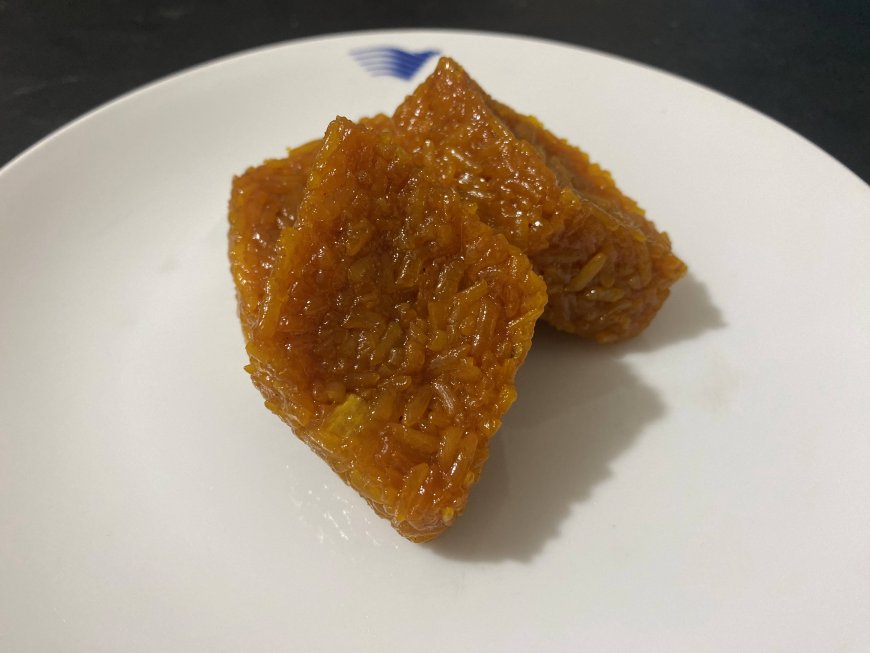
Jaja Wajik (Photo Source : Personal Collection)
The Meaning of Jaja Wajik
Jaja Wajik holds profound meaning in Balinese culture, reflected in its shape, color, and taste. The shape of Jaja Wajik, usually cut into square or triangular pieces, represents order and balance in life. These pieces also depict harmony in human relationships with God, others, and the environment, in alignment with the Tri Hita Karana philosophy, which serves as a guiding principle for the Balinese people.
The brown color of Jaja Wajik, derived from a mixture of palm sugar, symbolizes gratitude for the bounty of nature. Palm sugar, made from the coconut tree-a tree of life whose every part is beneficial-represents the Balinese people's respect for nature. This natural color also illustrates the close connection to nature as a source of life sustainability.
The sweet taste dominant in Jaja Wajik carries the meaning of prayers for a happy, prosperous, and blessed life. The combination of sweetness from palm sugar and coconut milk symbolizes harmony and warmth in relationships within families and communities. With these values, Jaja Wajik is not merely a traditional food but also a medium to convey spiritual and cultural messages, both in daily life and during traditional ceremonies.
How to Make Jaja Wajik
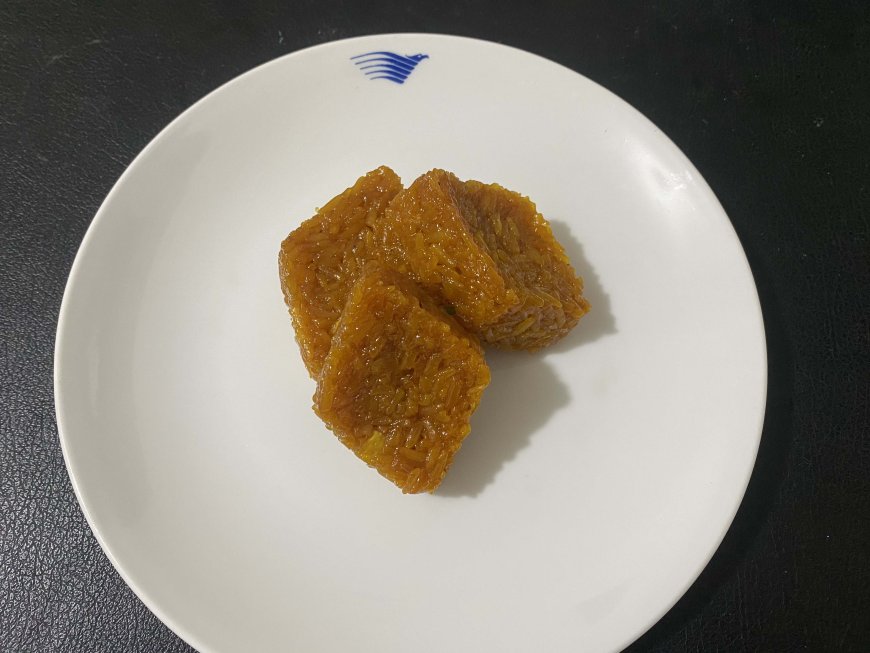
Jaja Wajik (Photo Source : Pesonal Collection)
1. The first step is to prepare the tools and ingredients. Prepare a steamer or pot with a tight-fitting lid to keep the steam concentrated. Soak the glutinous rice, which has been thoroughly washed, for 2-3 hours to soften its texture after cooking. After soaking, drain the glutinous rice until no water remains. Ensure that other ingredients such as thick coconut milk, grated palm sugar, granulated sugar, pandan leaves tied into a knot, salt, and water are ready for use.
2. Next, perform the first steaming process for the glutinous rice. Heat the steamer with sufficient water until it produces stable steam. Add the drained glutinous rice into the steamer and spread it evenly to ensure it cooks uniformly. Steam the glutinous rice for 15 minutes over medium heat. Then, remove and set aside the glutinous rice, and turn off the heat.
3. The next step is to prepare the coconut milk and sugar mixture. Use a large pan or pot, then add thick coconut milk, finely grated palm sugar, granulated sugar, pandan leaves, salt, and water. Turn on medium heat and stir gently to prevent the coconut milk from curdling. Let this mixture boil while stirring continuously until the sugar dissolves completely and the fragrant aroma of pandan is noticeable.
4. Once the coconut milk mixture is ready, add the steamed glutinous rice into the pan. Stir gently using a wooden spatula or large spoon until the glutinous rice is evenly mixed with the coconut milk. Cook over low heat while continuing to stir so the coconut milk is fully absorbed into the glutinous rice.
5. Next is the process of shaping the Jaja Wajik. Prepare a mold or flat tray lightly greased with coconut oil to prevent sticking. You can also line the mold with banana leaves to add extra aroma.
6. The final step is cutting and serving the Jaja Wajik. After the mixture cools, remove it from the mold and cut it into preferred shapes using a sharp knife. Arrange the pieces on a serving plate, and this traditional sweet treat is ready to enjoy.
